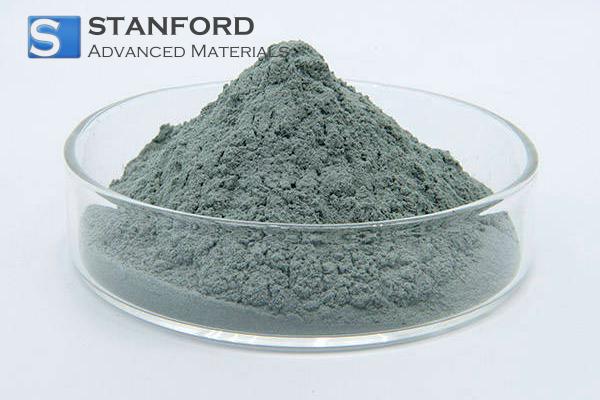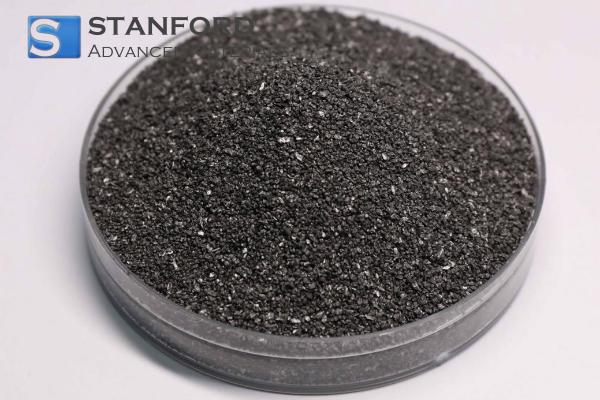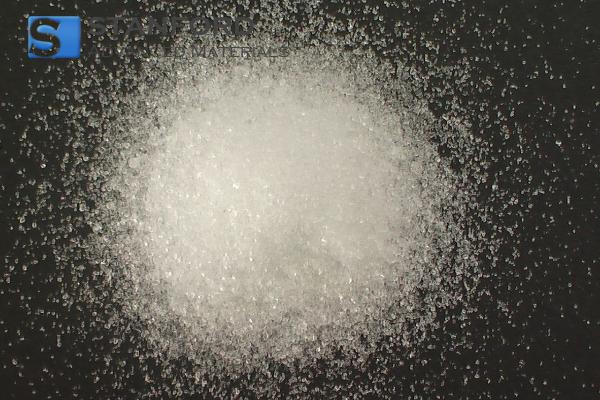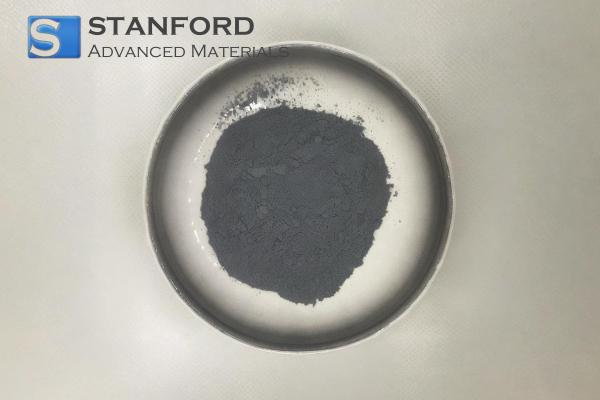Introduction To Transmittance
Description of Transmittance
Transmittance is a fundamental optical property of materials. It describes the proportion of light that passes through a substance without being absorbed or reflected. In other words, it quantitatively measures a material's ability to transmit light.
Transmittance is used in many scientific fields, including optics, materials science and engineering, as it affects devices such as lenses, windows and solar collectors.
Calculation of Transmittance
The transmittance (TT) is defined as the ratio of the transmitted light intensity to the incident light intensity:
T = I transmitted / I incident
Where:
- I transmitted is the intensity of light that passes through the material.
- I incident is the intensity of light incident upon the material.
This value is often expressed as a percentage, with a higher percentage indicating a greater degree of light transmission.
Important Concepts in Relation to Transmittance
Transparency vs. Transmittance
Transparency refers to a material's ability to allow light to pass through without distortion or scattering. Transmittance is a quantitative measure of how much light passes through. A high transmittance indicates that most light is transmitted, while a low transmittance means that much of the light is absorbed or reflected.
Absorption and Reflection
Light transmission is related to two other optical properties: Absorption and Reflection. When light reaches a material, a portion is reflected at the surface, another portion is absorbed, and the remainder is transmitted through. These three components must sum to 1 (or 100%), given that the incident light is either reflected, absorbed or transmitted:
T + R + A = 1
Where:
- T is the transmittance.
- R is the reflectance, representing the fraction of light that is reflected.
- A is the absorption, representing the fraction of light that is absorbed.
Factors Affecting Transmittance
Several factors affect the amount of light a material transmits:
lMaterial Composition: The chemical and physical properties of a material determine the degree of light absorption or reflection. Metals typically have a very low transmittance because they reflect or absorb most of the light.
lThickness: A thicker material increases the likelihood that a portion of the light is absorbed or reflected, thereby reducing the transmittance.
lWavelength of Light: Different wavelengths (for example, visible light, UV light, infrared) can produce varying transmittance levels in a material. Certain materials may be highly transmissive to visible light but opaque to infrared light.
Light Transmission and Applications
Transmittance is important in many applications:
lOptical Devices: Lenses, optical fibres and mirrors are designed with controlled transmittance to manage the light path.
lWindows and Glass: In architecture, the light transmission properties of windows and glass affect energy efficiency, natural lighting and interior comfort.
lSolar Panels: Materials used in solar cells must exhibit high transmittance for visible light and certain wavelengths in sunlight to maximise energy absorption.
lSunglasses and Coatings: The transmittance of sunglass lenses can be adjusted to reduce glare and protect the eyes from harmful UV radiation.
lPhotography and Imaging: Lenses and filters are manufactured with specific transmittance characteristics to control the amount and type of light reaching the camera sensor or film.
Frequently Asked Questions
What is the difference between transmittance and transparency?
Transmittance is a quantitative measure of the amount of light that passes through a material, expressed as a ratio or percentage. Transparency is a qualitative description of the clarity of a material and the distinctness with which light passes through it. Therefore, transmittance is a numerical value while transparency describes a visual property.
Can the transmittance of a material change with light intensity?
No, the light transmission of a material is generally independent of the light intensity. It may change due to factors such as wavelength, temperature or thickness, but the light intensity itself does not directly affect the transmittance.
Which materials have high light transmission?
Materials such as clear glass, water and certain plastics (for instance, acrylic or polycarbonate) generally exhibit high transmittance, allowing most visible light to pass through. These materials are commonly used for windows, lenses and optical fibres. However, their transmittance may vary according to the wavelength of light.
How is transmittance measured?
Transmittance is typically measured using a spectrophotometer. This instrument directs light through a material and quantifies the transmitted light. The ratio of transmitted to incident light is then calculated, and the result is expressed as a percentage or decimal value representing the material's transmittance.
How does the thickness of a material affect transmittance?
A thicker material results in lower light transmission because more light is absorbed or reflected before passing through. For example, a thin film of transparent plastic may have high transmittance, whereas a thicker film of the same plastic will transmit less light. Consequently, thin layers of transparent materials, such as glass windows, are used to maximise light transmission.

 Bars
Bars
 Beads & Spheres
Beads & Spheres
 Bolts & Nuts
Bolts & Nuts
 Crucibles
Crucibles
 Discs
Discs
 Fibers & Fabrics
Fibers & Fabrics
 Films
Films
 Flake
Flake
 Foams
Foams
 Foil
Foil
 Granules
Granules
 Honeycombs
Honeycombs
 Ink
Ink
 Laminate
Laminate
 Lumps
Lumps
 Meshes
Meshes
 Metallised Film
Metallised Film
 Plate
Plate
 Powders
Powders
 Rod
Rod
 Sheets
Sheets
 Single Crystals
Single Crystals
 Sputtering Target
Sputtering Target
 Tubes
Tubes
 Washer
Washer
 Wires
Wires
 Converters & Calculators
Converters & Calculators
 Write for Us
Write for Us





 Chin Trento
Chin Trento



